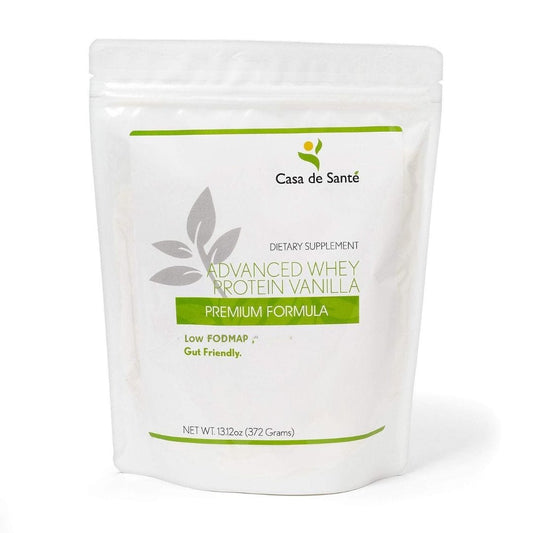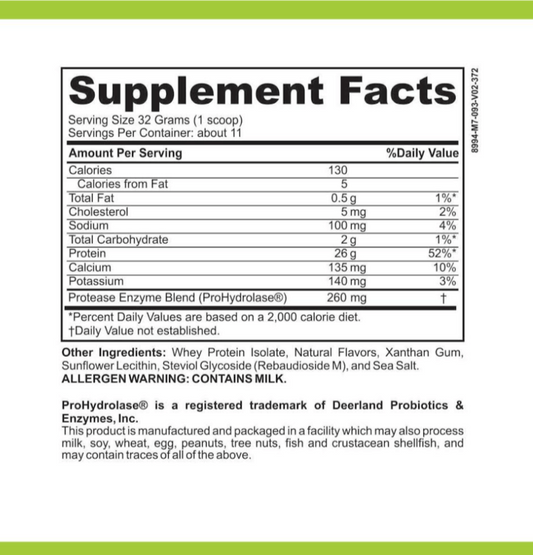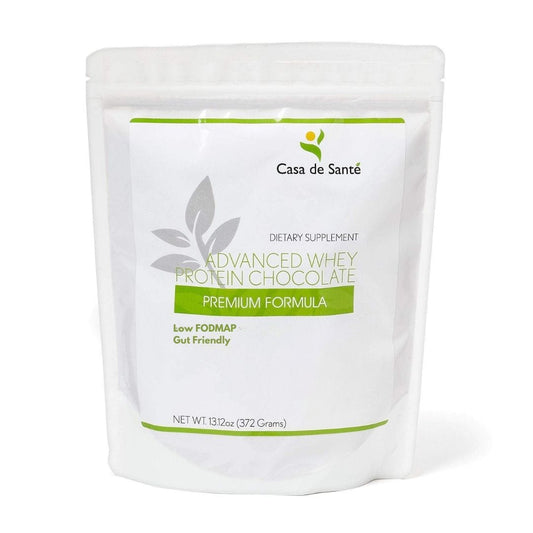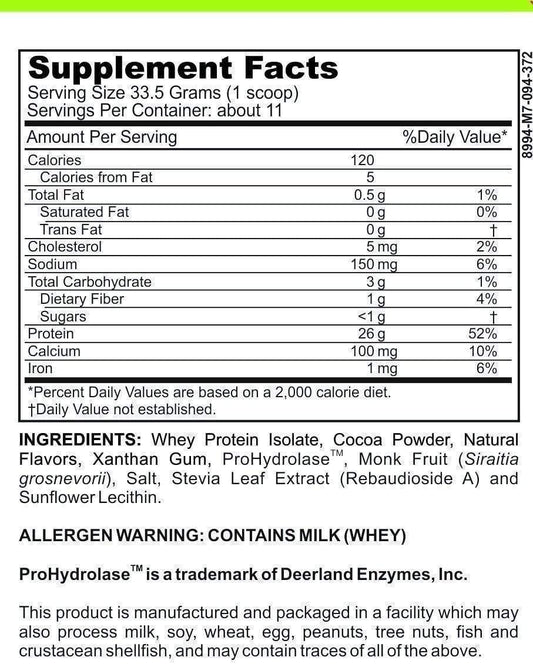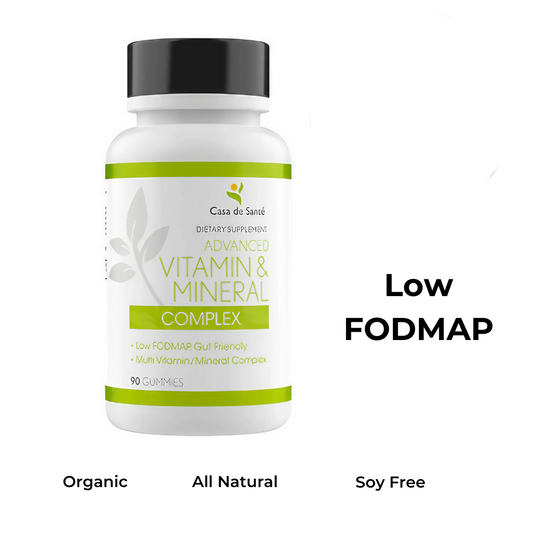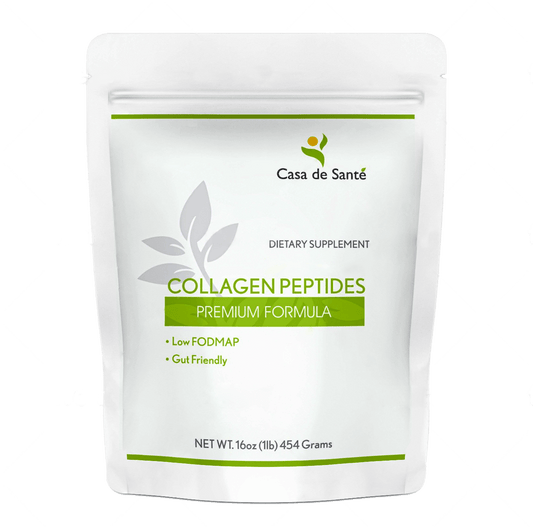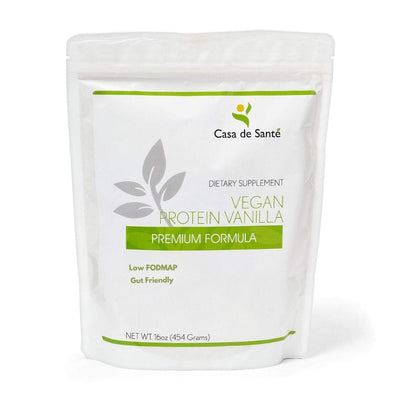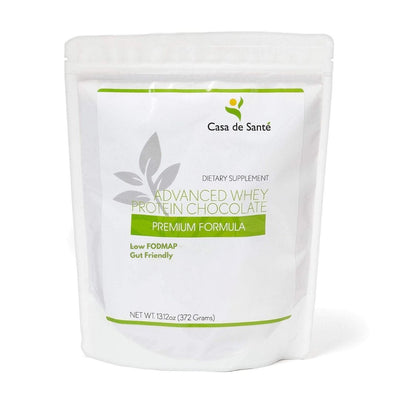Is Yogurt Gluten Free
Is Yogurt Gluten Free
Yogurt has long been a favorite among health-conscious individuals for its many benefits. But for those with gluten sensitivities or celiac disease, finding gluten-free options can be a priority. In this article, we will explore whether yogurt is gluten free and provide a comprehensive guide to understanding gluten and its effects, the basics of yogurt production, the presence of gluten in dairy products, analyzing yogurt for gluten content, and popular gluten-free yogurt brands. So, let's delve into the world of yogurt and gluten!
Understanding Gluten: What It Is and Its Effects
Before we can determine whether yogurt is gluten free, it's crucial to have a clear understanding of gluten itself. Gluten is a group of proteins found in wheat, barley, and rye. It provides elasticity to dough and is responsible for the chewy texture in many baked goods. For individuals with celiac disease, consuming gluten triggers an immune response that damages the small intestine, leading to various health issues.
The Science Behind Gluten
Gluten is composed of two main proteins, glutenin and gliadin. When flour is mixed with water, these proteins combine to form a network that gives dough its elasticity. This network traps carbon dioxide produced during fermentation, allowing dough to rise and resulting in a fluffy texture. However, the presence of gluten can be problematic for those with gluten sensitivities or celiac disease.
Glutenin and gliadin, the two proteins that make up gluten, have unique properties that contribute to the structure and texture of baked goods. Glutenin provides strength and elasticity to the dough, allowing it to stretch and hold its shape. On the other hand, gliadin is responsible for the sticky and adhesive properties of gluten, helping to bind the dough together.
When flour is mixed with water, the glutenin and gliadin proteins form a complex network that gives dough its characteristic stretchiness. This network acts like a scaffold, providing support to the dough and trapping air bubbles produced during fermentation. As the dough rises, the carbon dioxide released by yeast or other leavening agents gets trapped within the gluten network, resulting in a light and airy texture in baked goods.
Gluten and Health Concerns
Celiac disease is an autoimmune disorder where the ingestion of gluten leads to damage in the small intestine. This damage impairs nutrient absorption, leading to various symptoms such as abdominal pain, diarrhea, and malnutrition. Individuals with celiac disease must strictly adhere to a gluten-free diet to avoid these health complications.
Gluten sensitivity or non-celiac gluten sensitivity refers to adverse reactions to gluten without the presence of celiac disease. While the exact mechanisms behind gluten sensitivity are still not fully understood, it is believed that certain components of gluten may trigger an immune response or cause inflammation in susceptible individuals.
Aside from celiac disease and gluten sensitivity, there is ongoing research exploring the potential impact of gluten on other health conditions. Some studies suggest a possible association between gluten consumption and conditions such as irritable bowel syndrome (IBS), autism spectrum disorder (ASD), and schizophrenia. However, more research is needed to fully understand the relationship between gluten and these conditions.
It's important to note that gluten-free diets have gained popularity in recent years, not only among individuals with diagnosed gluten-related disorders but also among those without any medical necessity. Some people believe that eliminating gluten from their diet can lead to weight loss, improved digestion, and increased energy levels. However, there is limited scientific evidence to support these claims, and a gluten-free diet should only be followed under the guidance of a healthcare professional.
The Basics of Yogurt Production
Now that we have a better understanding of gluten, let's explore the basics of yogurt production. Traditional yogurt is made from milk and live bacterial cultures. It undergoes a fermentation process that transforms lactose, the natural sugar in milk, into lactic acid. This process gives yogurt its tangy flavor and creamy texture.
Yogurt has been consumed for centuries, with its origins dating back to ancient civilizations such as the Greeks and the Romans. These civilizations recognized the health benefits of yogurt and its ability to improve digestion and boost the immune system. Today, yogurt is enjoyed worldwide and is available in a variety of flavors and styles.
Ingredients in Traditional Yogurt
The main ingredients in traditional yogurt are milk and bacterial cultures. The milk can be sourced from various animals like cows, goats, or sheep. Each type of milk imparts its own unique flavor and characteristics to the final product. For example, goat's milk yogurt has a distinct tanginess, while sheep's milk yogurt is known for its rich and creamy texture.
In addition to milk and bacterial cultures, some yogurt brands may also add sweeteners, fruits, or flavorings to enhance the taste and appeal to different preferences. These additions can range from natural ingredients like honey and fresh fruit to artificial flavors and sweeteners.
The Yogurt Making Process
To make yogurt, milk is heated and then cooled to a specific temperature. This heating process helps to kill any harmful bacteria present in the milk while also denaturing the proteins, which contributes to the thickening of the yogurt. Once cooled, live bacterial cultures, such as Lactobacillus bulgaricus and Streptococcus thermophilus, are added to the milk.
The addition of these bacterial cultures is crucial to the yogurt-making process. These cultures metabolize the lactose in the milk, producing lactic acid. The lactic acid then curdles the milk, forming a thick and creamy texture associated with yogurt. The longer the fermentation process, the tangier the yogurt becomes.
After the fermentation process is complete, the yogurt is chilled to halt any further fermentation and to enhance its taste and texture. It is then often packaged in containers for distribution. Yogurt can be enjoyed on its own, used as a topping or ingredient in various dishes, or incorporated into smoothies and desserts.
In recent years, there has been a rise in the popularity of alternative yogurts made from non-dairy milk sources such as soy, almond, and coconut. These plant-based yogurts offer a dairy-free option for individuals with lactose intolerance or those following a vegan lifestyle.
Overall, yogurt production is a fascinating process that combines science and tradition. From the selection of milk to the addition of bacterial cultures and the fermentation process, each step contributes to the creation of a delicious and nutritious product enjoyed by millions around the world.
Gluten Presence in Dairy Products
While yogurt is primarily a dairy product, it's essential to understand that not all dairy products are inherently gluten free. Some dairy products can contain gluten due to the addition of certain ingredients or cross-contamination during processing.
Gluten is a protein found in wheat, barley, and rye. It is commonly associated with bread, pasta, and other wheat-based products. However, gluten can also find its way into unexpected foods, including dairy products.
Common Dairy Products with Gluten
Several dairy products may contain gluten, such as flavored yogurts with added ingredients like cookies, granola, or cereals that can potentially contain gluten. These additions are often used to enhance the taste and texture of the yogurt, but they can inadvertently introduce gluten into the product.
Additionally, some yogurts with mix-ins or toppings may have gluten-containing substances. For example, a yogurt with a crunchy granola topping might seem innocent enough, but the granola could contain gluten if it is made with oats that have been cross-contaminated with wheat.
It is crucial to check the ingredients listed on the packaging to ensure gluten-free options. Manufacturers are required to disclose any potential allergens, including gluten, on their product labels. However, it's important to note that gluten can sometimes hide under different names, such as modified food starch or malt extract, so it's essential to familiarize yourself with these hidden sources of gluten.
Why Some Dairy Products Contain Gluten
The presence of gluten in dairy products typically comes from cross-contamination during processing or the addition of ingredients containing gluten. Manufacturing facilities that produce both gluten-containing and gluten-free products need to take extra precautions to prevent cross-contamination.
Even if a dairy product itself does not contain gluten, it can still come into contact with gluten during the manufacturing process. For example, if the same equipment is used to process both gluten-containing and gluten-free products, there is a risk of cross-contamination. Manufacturers must thoroughly clean and sanitize equipment between production runs to minimize this risk.
In some cases, gluten-containing ingredients may be intentionally added to dairy products. This can occur when manufacturers use additives or flavorings that contain gluten. These ingredients may be used to enhance the taste or texture of the product, but they can pose a risk to individuals with gluten sensitivities or celiac disease.
It is important for both manufacturers and consumers to be aware of potential gluten sources and take necessary steps to avoid cross-contamination in manufacturing facilities. By understanding the risks and reading product labels carefully, individuals can make informed choices about the dairy products they consume.
Analyzing Yogurt for Gluten Content
When determining if yogurt is gluten free, it's essential to look beyond the primary ingredients and consider potential cross-contamination risks. Let's explore how different types of yogurt may vary in terms of gluten content.
Plain Yogurt and Gluten
Plain yogurt, made solely from milk and bacterial cultures, is typically gluten free. However, it's important to check the manufacturing processes and labels to ensure the absence of cross-contamination or hidden gluten sources. Some brands may voluntarily label their plain yogurt as gluten-free for added assurance.
Flavored Yogurt and Gluten
Flavored yogurts, especially those with added ingredients and toppings, have a higher likelihood of containing gluten. Pay close attention to the ingredient list and any potential allergen warnings on flavored yogurt packaging. Opting for yogurt brands that clearly label their products as gluten-free can provide peace of mind for those with gluten sensitivities or celiac disease.
Gluten-Free Yogurt Brands
For individuals seeking gluten-free yogurt options, several brands offer products specifically labeled as gluten-free. These brands prioritize ensuring their production processes and ingredients are free from gluten and take necessary steps to avoid cross-contamination. Let's dive into some popular gluten-free yogurt options:
Popular Gluten-Free Yogurt Options
- Brand A - This brand offers a wide range of gluten-free yogurt flavors, including plain, strawberry, and blueberry. They clearly label their products as gluten-free, ensuring peace of mind for consumers.
- Brand B - Known for their high-quality ingredients, Brand B focuses on producing gluten-free yogurts with unique flavors like coconut and pineapple. They prioritize transparency and provide detailed information about their manufacturing processes.
- Brand C - If you prefer dairy-free options, Brand C offers gluten-free yogurt made from alternative milk sources like almonds or soy. Their variety of flavors caters to different dietary preferences.
Reading Labels for Gluten-Free Assurance
When choosing gluten-free yogurt, it is crucial to carefully read labels and look for products certified as gluten-free by reputable organizations. These certifications ensure that strict standards and testing have been followed to minimize the risk of gluten contamination. Additionally, pay attention to any allergen warnings or statements that could indicate potential cross-contamination risks.
Now armed with knowledge about gluten, yogurt production, gluten presence in dairy products, analyzing yogurt for gluten content, and popular gluten-free yogurt brands, you can make informed choices when selecting yogurt that aligns with your dietary needs and preferences. Enjoy your gluten-free yogurt without compromising on taste or nutritional value!







